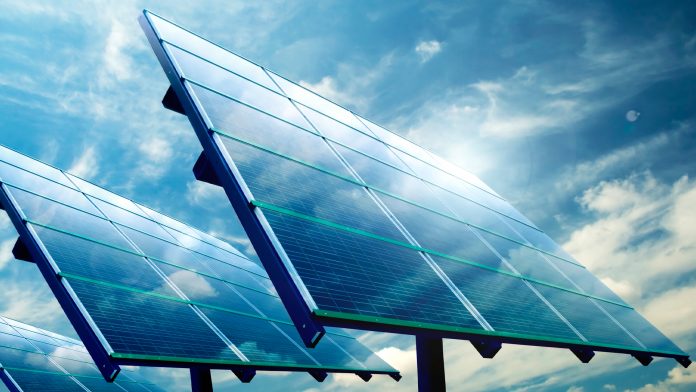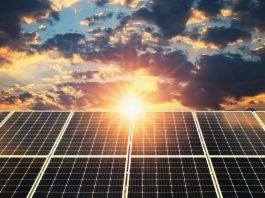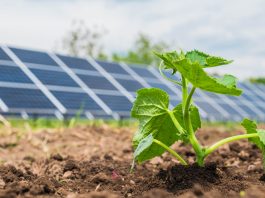A research team from Karlstad University have received funding both to investigate how the structure of the active layer of the solar cell is formed, and to consider the rocket science applications.
What does this further funding mean for research?
This research at Karlstad University has been granted SEK 5m over a three-year period. The Swedish National Space Agency (SNSA) is a government agency that operates under the Ministry of Education and Research, with responsibility for state-funded national and international space operations in Sweden. The SNSA also acts as the Swedish contact for international space cooperation.
This funding means that the KU collaborative research group from chemistry and materials physics, will carry out experiments under microgravity conditions on parabolic flights in Bordeaux, France. Researchers intend to discover how the structure of the active layer of the solar cell is formed.
“We are very pleased that the SNSA continues to invest in our research,” said Jan van Stam, Professor of Physical Chemistry at Karlstad University. “We have also been approved by ESA, the European Space Agency, to carry out our new experiments during parabolic flights in 2022. This confirms that we are on the right track in a very competitive environment and that our research here at Karlstad University is of international importance.”
What will the new project investigate?
The topic of polymeric solar cells has been investigated by KU for years, and the new project that has been granted funding involves studying the active layer of the solar cell, where sunlight is converted into electricity. Scientists intend to observe the molecules in two different polymeric materials and to test new, more environmentally friendly solvents.
What are the rocket science applications?
“In addition to experiments in the weightless state of an aeroplane, the new project will include experiments in an unmanned rocket,” explained Jan van Stam. “The rocket experiment is scheduled to take place in the summer of 2023 and will allow us access to microgravity conditions for several minutes instead of about half a minute or less that we get with an aeroplane.
“This means that we can perform more advanced experiments, which will hopefully give us a clearer picture of the structural formation. In order to be able to carry out the rocket experiments, we are currently developing a new experimental setup where we can study the transition from solution to the solid thin blend film that constitutes the active layer of the solar cell.
“When you remove gravity, the process where the dissolved substances separate from each other slows down and enables us to study how the structure of the material changes in greater detail. If we are able to understand and control that process, we can optimise the function of polymeric solar cells.”
How are parabolic flights going to be utilised in this study?
A project must be scientifically approved to have funding in the parabolic flight environment; flights take place twice a year on behalf of the ESA (the European equivalent of NASA) at the Novespace facility in Bordeaux, France.
The flight consists of a steep climb, followed by a free fall where in which gravity is close to zero for a brief moment; it is during that time that the experiment can be conducted without the influence of gravity.
The research team have noted that this method is mostly employed in research for biology, physics, and medicine, while it is less common in chemistry research. However, scientists are eager to find out what will potentially be revealed regarding the rocket science applications in this chemistry research.









